It’s easy to point to big-ticket purchases when money feels tight, but the truth is that everyday habits often drain Canadian wallets the most. Small expenses add up quickly, and before you realize it, hundreds of dollars are gone each month without much to show for it. From subscriptions you forgot you had to impulse buys at the grocery store, these little leaks can quietly sabotage your budget. Here are 20 items Canadians waste money on every month without noticing:
Unused Subscriptions

Streaming services, fitness apps, and software trials often continue billing long after people stop using them. Canadians frequently forget to cancel, wasting $10 to $50 a month per service. With multiple subscriptions piling up, that can easily add hundreds over the year. Reviewing your monthly statements often reveals forgotten charges, and canceling or consolidating services into family plans can quickly cut costs. Subscriptions feel small in the moment, but they quietly pile up, becoming one of the biggest sources of unnoticed monthly spending.
Takeout Coffee

Daily coffee runs may seem harmless, but $4 to $6 per cup quickly adds up. For Canadians who grab a latte on the way to work five days a week, that is over $100 a month, which is more than $1,200 a year. Brewing at home costs just cents per cup and saves significantly, and while café visits feel like small indulgences, they’re often a major budget leak. Many people don’t notice how much they spend until they track it, making coffee one of the most common, yet unnoticed, monthly money drains.
Food Delivery Fees
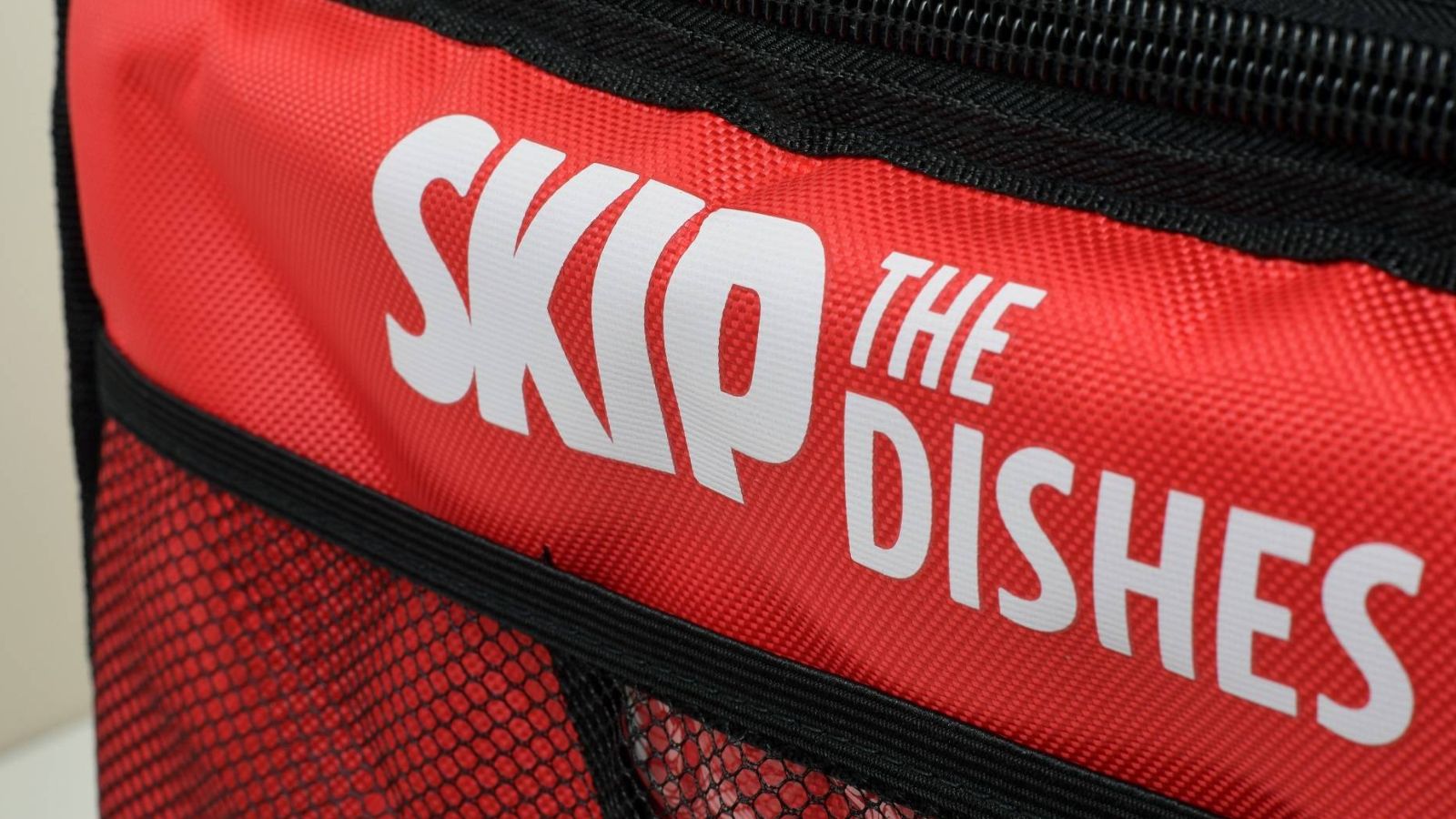
Services like Uber Eats, SkipTheDishes, and DoorDash charge extra fees that can tack on $5 to $15 per order. With many Canadians ordering takeout weekly, these fees add up fast. Delivery also encourages overspending on food compared to cooking at home, and what feels like convenience often becomes a hidden budget buster. By the end of the month, delivery fees can rival a grocery bill. Cooking more meals or opting for pickup instead of delivery can cut hundreds from monthly spending without much sacrifice.
Bottled Water

Despite having clean tap water in most parts of Canada, many people still spend on bottled water. At $2 per bottle, even grabbing one daily adds up to $60 a month, which, when multiplied across families, becomes a surprisingly expensive habit. Refillable bottles and home filters cost far less in the long run. Most Canadians don’t even realize how much bottled water costs, making it an easy expense to overlook, but eliminating it can free up extra money without affecting your lifestyle.
Bank Fees

From account maintenance to ATM charges, banking fees often fly under the radar. Canadians can lose $15 to $30 monthly just for account access, plus extra charges for overdrafts or using other banks’ ATMs, and over a year, that’s hundreds gone without benefit. Switching to no-fee banks or maintaining minimum balances can prevent these charges. Many people simply accept bank fees as unavoidable, but they’re often among the easiest costs to eliminate with a little attention.
Extended Warranties
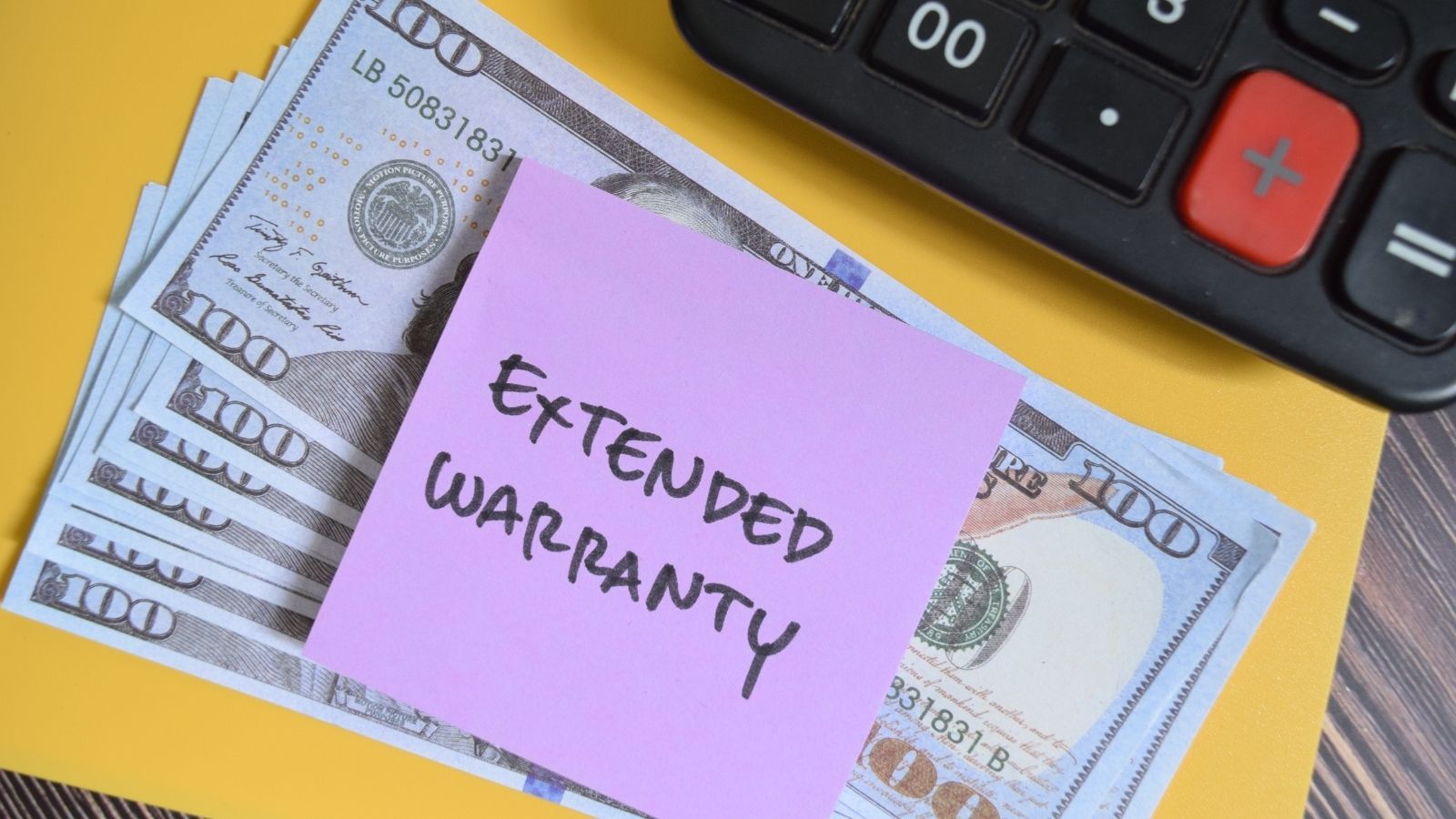
Retailers push extended warranties on electronics, appliances, and gadgets, often costing 10–20% of the purchase price. Yet most items never need these repairs, or the coverage overlaps with manufacturer warranties. Canadians end up paying hundreds extra for protection they never use. These plans sound reassuring in the moment, but statistically, they’re rarely worth the cost. By skipping extended warranties and relying on standard protections, you avoid paying for peace of mind that rarely delivers.
Gym Memberships That Go Unused

Many Canadians sign up for gym memberships with good intentions, but don’t go often enough to make them worthwhile. At $40 to $80 per month, that’s a large chunk wasted for little use. Even if you attend occasionally, you may still be paying far more than per-visit alternatives. Free workouts online, outdoor activities, or pay-per-class options often provide better value. Gyms rely on members not showing up, which makes unused memberships one of the biggest areas of unnoticed monthly spending in Canada.
Overpriced Phone Plans

Canadian cell phone plans are notoriously expensive, often costing $80 to $120 per month. Many people overpay for data they don’t fully use or stick with outdated contracts. Cheaper options from smaller carriers or prepaid plans often provide similar service for far less. Yet, inertia keeps people stuck paying more than necessary every month. Reviewing your usage and comparing providers can cut this expense significantly. Since it’s automatically billed, most Canadians don’t notice how much of their budget is eaten up by overpriced phone plans.
Cable TV Packages
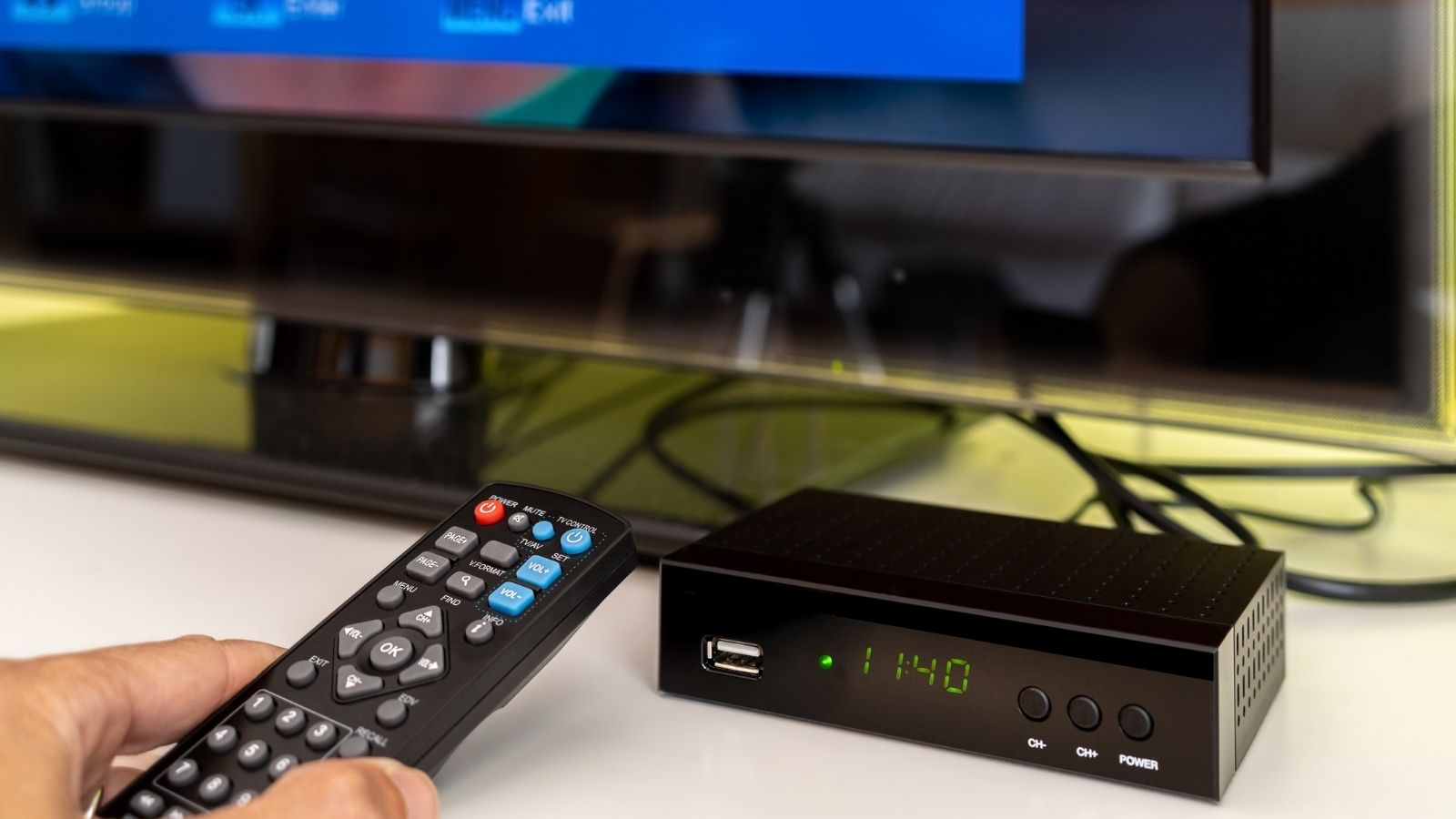
In an age of streaming, many households still pay $100 or more per month for cable packages they barely use. Dozens of channels go unwatched, yet the bill keeps coming. Cutting the cord and relying on streaming services or free digital options often saves hundreds a year. Canadians often hold onto cable out of habit, not realizing how much they’re overspending. With rising costs and better alternatives, cable TV has become one of the most outdated and wasteful monthly expenses.
Branded Cleaning Supplies

Buying name-brand cleaning supplies at full price adds up faster than most realize. From laundry detergent to disinfectants, Canadians spend extra for branding rather than effectiveness. Generic or store-brand products often work just as well at half the cost, while sales and bulk buying also reduce expenses significantly. Because these purchases feel minor and routine, many households don’t track the cost difference over time. Switching to affordable alternatives saves money each month without impacting cleanliness or quality, making branded cleaners a sneaky but avoidable money drain.
Energy Vampires at Home
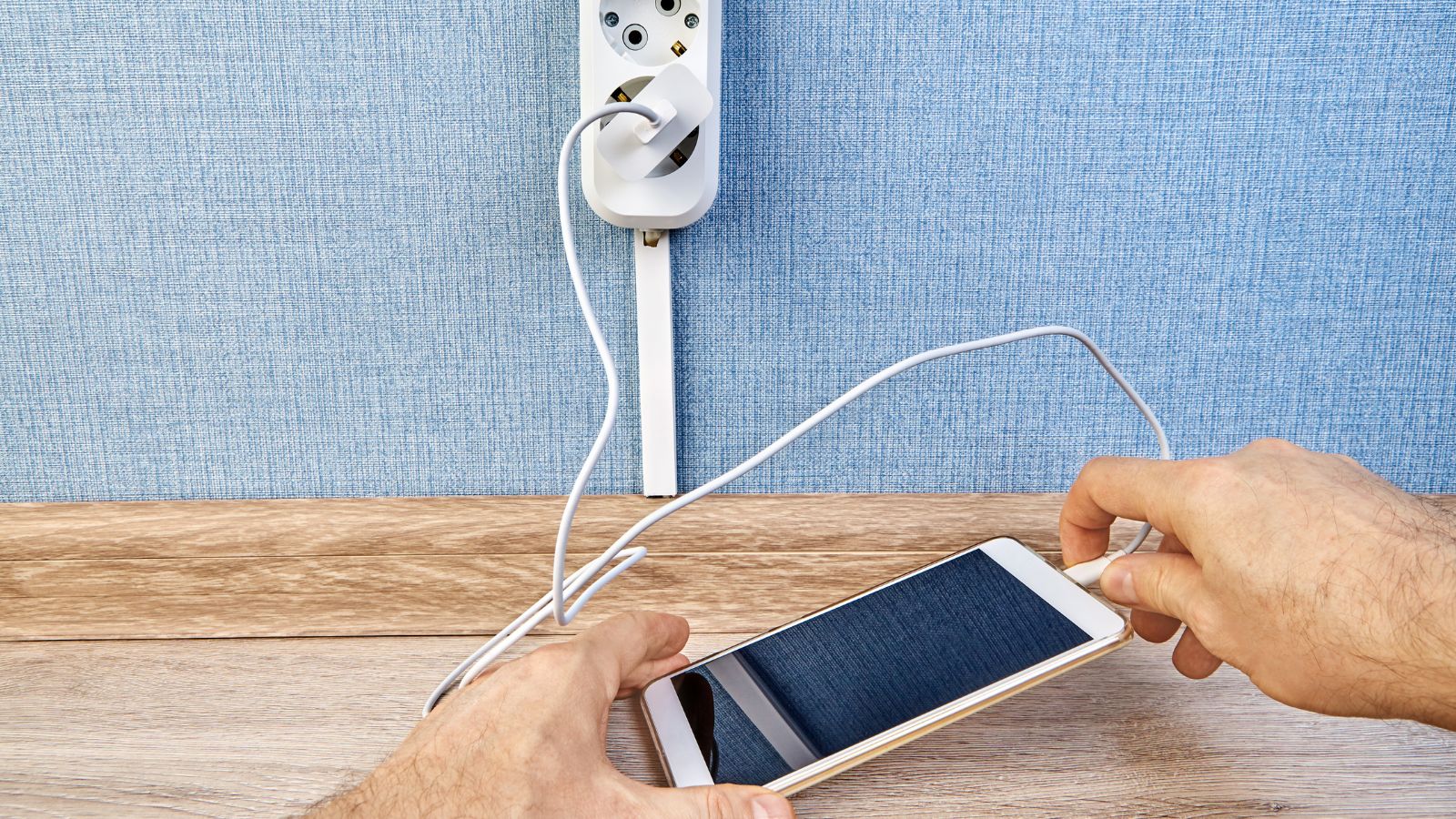
Electronics and appliances left plugged in but unused still draw power, costing Canadians $20 to $50 monthly. Devices like game consoles, chargers, and TVs in standby mode quietly increase hydro bills. Energy monitors show just how much these “phantom loads” waste. Unplugging devices or using smart power bars can significantly reduce costs. Because the charges are buried in monthly utility bills, they often go unnoticed. For many households, wasted electricity is one of the easiest but most overlooked ways to stop wasting money each month.
Streaming Add-Ons
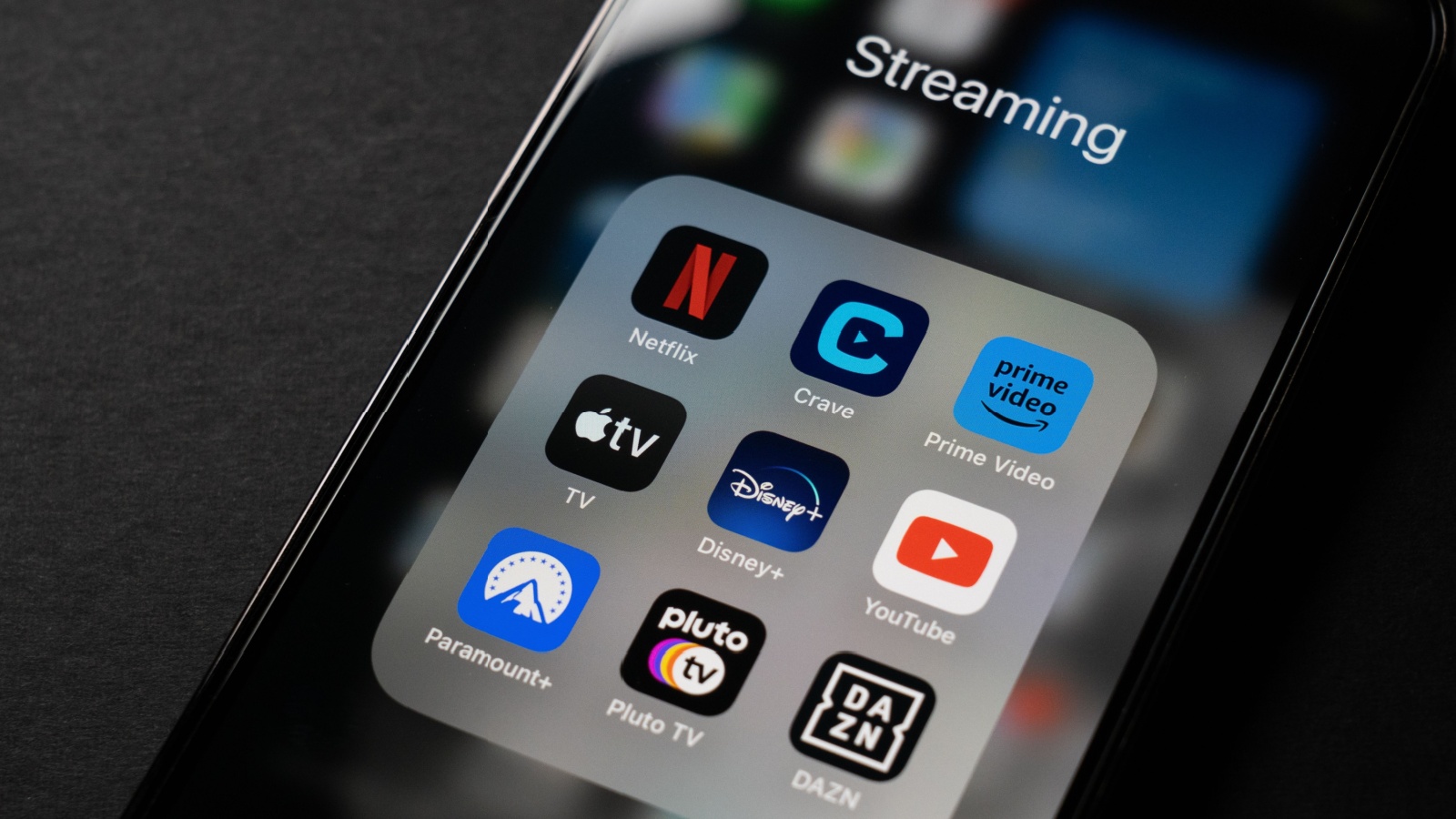
Many Canadians sign up for extra channels or add-ons through streaming platforms, such as sports packages or premium channels. While they may seem affordable at $10 to $20 each, having multiple add-ons quickly inflates the monthly bill. Often, people forget to cancel once the show or event they wanted ends, and over a year, these extras cost hundreds. Because charges are small and automatic, they slip under the radar. Being intentional about which add-ons you actually use helps stop this subtle but costly drain on monthly budgets.
Lottery Tickets

Spending a few dollars on lottery tickets feels harmless, but for many Canadians, it becomes a regular habit. At $10 a week, that’s $40 a month and nearly $500 a year on odds that rarely pay off. The small purchase size makes it easy to ignore, but the costs add up, and while occasional play for fun isn’t a problem, routine ticket buying is wasted money. Redirecting even half of this amount into savings or investments yields real returns instead of relying on luck. Lottery tickets quietly drain cash month after month.
Overpriced Groceries
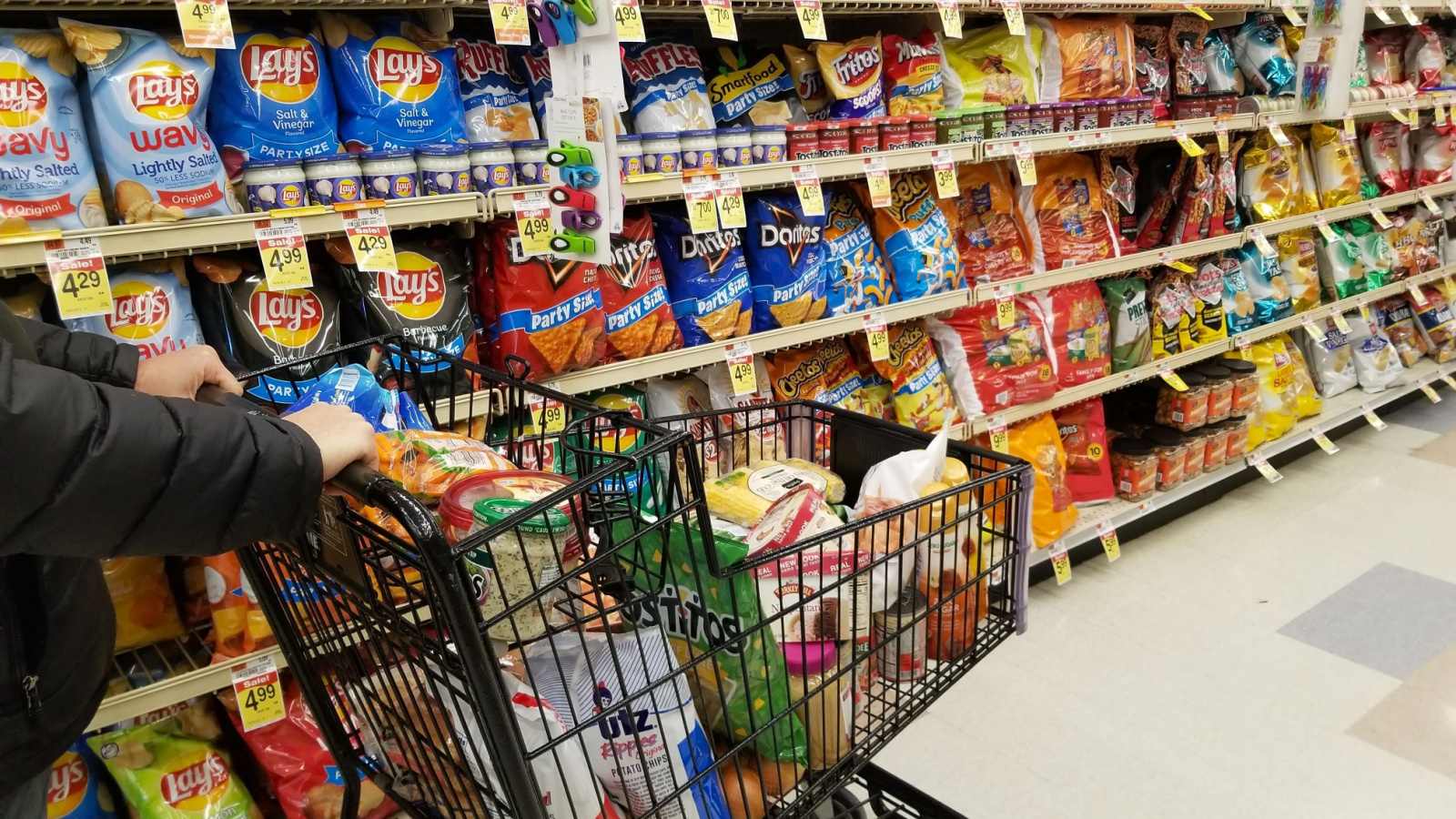
Brand loyalty, impulse buys, and not shopping sales cause many Canadians to overspend at the grocery store. Choosing name brands over generics and buying without a list can add $100 or more each month to the bill. With food prices rising sharply, being careless here is more costly than ever. Coupons, meal planning, and bulk purchasing often significantly reduce grocery spending. Yet, many people shop out of convenience or habit, not realizing how much they overspend, making it one of the largest unnoticed money leaks in most households today.
Premium Gas When Unnecessary

Many Canadians fill up with premium gas even when their vehicle doesn’t require it. Premium can cost 20 to 30 cents more per liter, adding $10 to $20 per fill-up. Over a month, that’s a sizeable and unnecessary expense. Unless your car’s manufacturer specifically requires premium, regular gas performs just as well. The misconception that premium extends engine life or improves performance leads to overspending, but for most drivers, it’s simply wasted money, making fuel choice one of the easiest, unnoticed monthly costs to cut.
Fancy Gym Wear and Gear

Buying new workout clothes or accessories regularly is another hidden expense. Canadians often purchase trendy activewear or gear in hopes that it will motivate exercise, and at $50 to $100 per item, these small purchases pile up quickly. Most people already own enough for a solid workout routine, but marketing convinces them otherwise. Since the costs are spread out, it rarely feels like overspending in the moment. However, over time, it becomes a consistent budget leak, especially when combined with unused gym memberships.
Online Impulse Buys

Late-night scrolling and online shopping carts lead many Canadians to spend on items they don’t really need. Even $20 here and $40 there adds up to hundreds monthly, while flash sales, free shipping thresholds, and targeted ads fuel the habit. Packages arriving at the door may feel exciting, but most purchases lose their appeal quickly. Because credit cards or apps make payment frictionless, the spending often goes unnoticed until statements arrive. Online impulse buys are among the sneakiest and fastest-growing drains on Canadian wallets each month.
Alcohol and Bar Tabs

Grabbing a drink after work or enjoying a night out can cost far more than expected. Even moderate bar visits can run $50 to $100 each, especially in big cities, and over a month, this can rival a utility bill. Buying alcohol at retail prices is far cheaper, but convenience and socializing make bars attractive, and many Canadians don’t track this spending closely, so it feels less significant. Yet, when added up, bar tabs become a major, unnoticed expense draining monthly budgets without delivering long-term value.
Ride-Sharing Apps

Using Uber or Lyft occasionally is convenient, but relying on them frequently gets expensive. A few rides a week, at $15 to $30 each, can add hundreds to your monthly spending. In many cases, public transportation or even owning a car is more cost-effective in the long term. Since rides are billed automatically, many Canadians underestimate how much they’re spending, making it one of those hidden costs that slips by unnoticed until you total it up. For those in major cities, ride-sharing quickly becomes a significant but often ignored money drain.
Small Bankable Treats

From convenience store snacks to that extra pastry at the café, small daily purchases feel too minor to matter. But spending just $5 a day adds up to $150 a month, which is money most people don’t account for. These small indulgences often go completely untracked, yet they make a big impact on monthly budgets. Cutting them entirely isn’t necessary, but being mindful helps reduce wasted spending, and by recognizing how these small treats add up, Canadians can reclaim extra money without feeling deprived.
21 Products Canadians Should Stockpile Before Tariffs Hit

If trade tensions escalate between Canada and the U.S., everyday essentials can suddenly disappear or skyrocket in price. Products like pantry basics and tech must-haves that depend on are deeply tied to cross-border supply chains and are likely to face various kinds of disruptions
21 Products Canadians Should Stockpile Before Tariffs Hit
